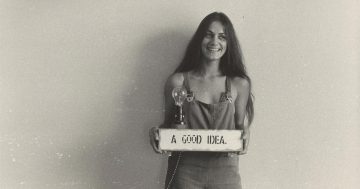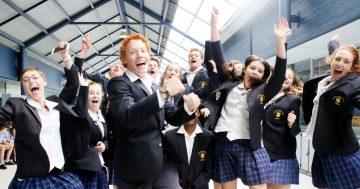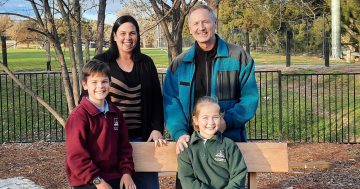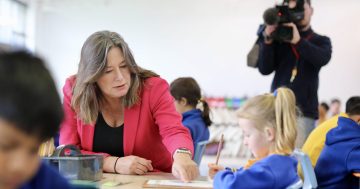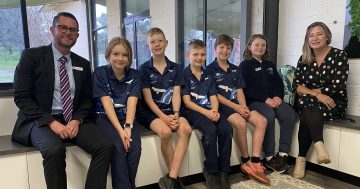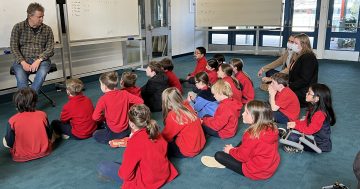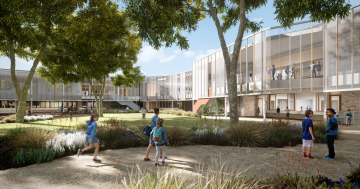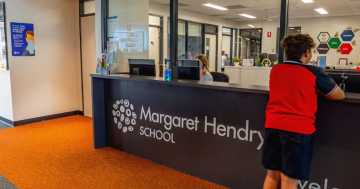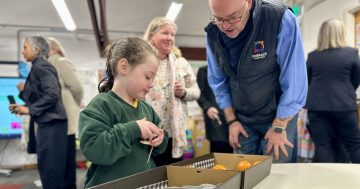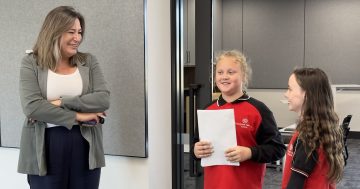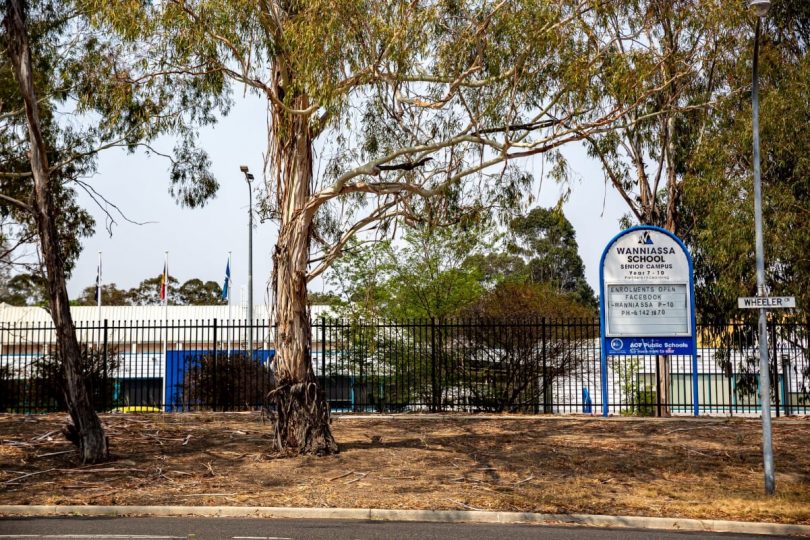
Wanniassa School is running at 40 per cent capacity. Photo: File.
Enrolments at the ACT’s 88 public schools have reached a record 50,272 students, but many schools in Tuggeranong’s ageing suburbs are well below capacity.
The annual February school census shows public school enrolments have continued their run of rises since 2016, increasing by 1,120 students (or 2.3%) on last year, and by 5,441 students (12.1%) over the past five years.
More parents are sending their children to government schools, with public schools accounting for 62.5 percent of the total student population, up marginally from 62.4 per cent in 2019 and 61 per cent in 2016, with the Independents and the Catholic system virtually splitting the remainder in half.
All up, a total of 80,416 students are enrolled across all school sectors, a 2.1 per cent increase on the same time last year, and 6,905 students (9.4%) more than in 2016.
The ACT’s strong population growth has also boosted non-government school enrolments by 544 students (1.8%) compared with 2019, and from 2016 to 2020, by 1,464 students (5.1%).
Across the three school levels of primary, high and college, Tuggeranong had the lowest proportion of enrolments, at 17.7, 14.3 and 18.8 per cent respectively.
At the primary level, the booming North/Gungahlin (31.6%) was the highest followed by Belconnen (25.5%), South/Weston (25.3%), and Tuggeranong.
At the high school level, North/Gungahlin (33%) again was the highest followed by South/Weston (29.2%), Belconnen (23.5%) and Tuggeranong.
At the college level, South/Weston (31.8%) was the highest followed by North/Gungahlin (28.7%), Belconnen (20.8%) and Tuggeranong.
Gilmore Primary recorded the lowest enrolment in the ACT at 145, less than half its capacity of 314, followed by Richardson Primary at 156, running at 43 per cent of its capacity of 358.
Both the combined primary and high schools of Namadgi and Wanniassia are well below capacity.
Namadgi can take 1240 students but the census shows only 446 primary and 262 high school enrolments, more than 500 below capacity.
Wanniassa’s limit is 1163 but it only had 271 primary and 213 high school students in February, running at 40 per cent capacity.
Erindale College had 604 enrolments, 400 below capacity, while Lake Tuggeranong had 645 students, 351 less than its limit.

Education Minister Yvette Berry won’t be closing schools any time soon. Photo: File.
The low enrolments at this stage in Tuggeranong’s demographic cycle again raises speculation about school closures but Education Minister Yvette Berry has been quick to quash any such suggestions so close to an election, focusing on the new schools the government is building.
”The ACT Government is expanding and building new schools across Canberra to keep up with this strong population growth and confidence in the public education system,” she said.
Canberra’s newest school in Molonglo is set to open its doors for the 2021 school year for preschool and primary school with the high school set to open in 2023.
Construction will begin later this year on a new primary school in Throsby catering for kindergarten to Year 6 which will open in 2022 and cater for 450 and up to 132 pre-schoolers. Plans are also underway for a new high school in Kenny.
The permanent capacity at Franklin School (previously named Franklin Early Childhood School) is being increased, now catering for students from preschool to Year 6 to grow its capacity by 400 students. The Gold Creek School Senior Campus will have an additional 200 places by 2022.
Ms Berry said the ACT Government was also investing heavily in high-quality transportable learning spaces that can be moved as needed to respond to the fluctuating demand across schools as suburb demographics change.
These would service schools that are at or over capacity such as Fraser Primary and Mt Rogers Primary in Belconnen; Lyneham and North Ainslie Primary, in North/Gungahlin; and Garran Primary in South/Weston.











